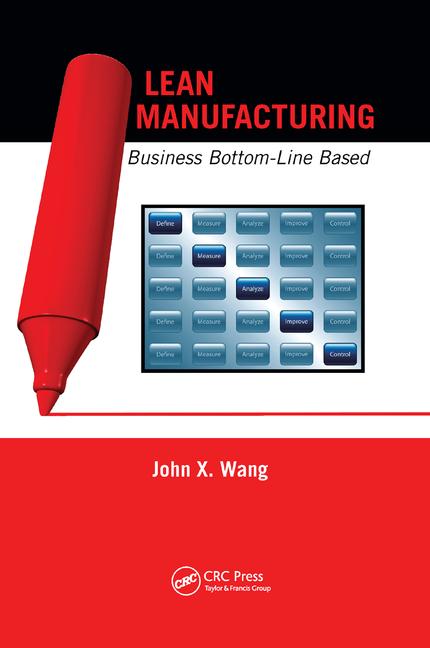FRANKFURT—Global demand for robots shows no signs of stopping. A recent report by the International Federation of Robotics (IFR) claims that a record 381,000 units were shipped globally in 2017. That’s a 30 percent increase over 2016.
“Industrial robots are a crucial part of the progress of manufacturing industry,” says Junji Tsuda, president of IFR. “Robots evolve with many cutting-edge technologies such as machine vision, easy-to-use programming, skill learning, failure prediction utilizing artificial intelligence, and new concepts of man-machine collaboration.”
The IFR predicts that in 2021 the annual number of robots supplied to factories around the world will reach about 630,000 units.
Japanese companies delivered 56 percent of the global supply of robots in 2017. “This makes Japan the world´s No. 1 industrial robot manufacturer,” says Tsuda.
China, Germany, Japan, South Korea and the United States are the five major markets for robots, representing 73 percent of the total sales volume in 2017. China has significantly expanded its leading position with the strongest demand and a market share of 36 percent of the total supply in 2017.
Robot installations in the United States continued to increase in 2017 and reached 33,192 units. That’s 6 percent higher than in 2016.
The automotive industry remains the largest user of robots globally, representing 33 percent of the total supply in 2017.
“The manufacturing of passenger cars has become increasingly complex over the past 10 years,” explains Tsuda. “A substantial proportion of production processes today require automation solutions using robots.
“In the future, automotive manufacturers will also invest in collaborative applications for final assembly and finishing tasks,” predicts Tsuda. “Second tier automotive part suppliers are slower to automate fully, but we expect this to change as robots become smaller, more adaptable, easier to program and less capital-intensive.”
The electrical and electronics industry has been catching up with the auto industry. Robot sales increased by 33 percent to a new peak of 121,300 units, accounting for a share of 32 percent of the total supply in 2017.
“The rising demand for electronic products and the increasing need for batteries, chips and displays were driving factors for the boost in sales,” says Tsuda. “The need to automate production increases demand.
“Robots can handle very small parts at high speeds, with very high degrees of precision, enabling electronics manufacturers to ensure quality while optimizing production costs,” adds Tsuda. “The expanding range of smart end-effectors and vision technologies extends the range of tasks that robots can perform in the manufacture of electronic products.”
According to IFR, 85 robot units per 10,000 employees is the new average global robot density. In 2016, it was 74 units. The average robot density is 106 units in Europe, 91 units in the Americas and 75 units in Asia.






